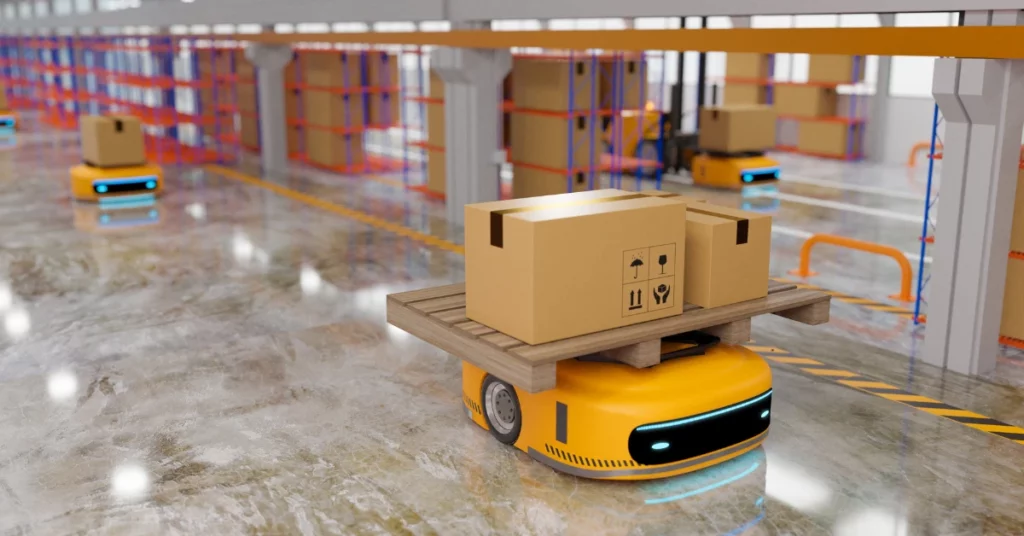Efficient kitting and assembly processes are crucial for optimizing production workflows and ensuring timely delivery of products. By streamlining these processes, businesses can reduce production costs, minimize errors, and improve overall productivity. In this article, we will explore essential tips and strategies to achieve efficient kitting and assembly in your manufacturing operations.
In the competitive landscape of Texas warehousing, achieving efficiency in kitting and assembly processes is crucial for maintaining a competitive edge. From the vibrant warehouses in Houston to the strategically located distribution centers in Dallas, optimizing the assembly process through efficient kitting practices contributes to increased productivity and customer satisfaction. This article explores tips for streamlining the assembly process, emphasizing the keywords associated with warehousing and logistics in Texas.

Table of Contents
Efficient Kitting and Assembly: Streamlined Organization and Enhanced Access
Start by organizing your inventory in a standardized manner. Implement a clear labeling system for components and materials, making it easy for assembly personnel to identify and access items quickly. Consider using color-coding or barcode systems to streamline the identification process and reduce the risk of picking errors.
Develop Comprehensive Work Instructions:
Clear and detailed work instructions are essential for a smooth assembly process. Create step-by-step guides for each assembly task, including visuals and diagrams when necessary. This ensures consistency and reduces the chances of mistakes or rework.
Embrace Lean Principles:
Adopting Lean manufacturing principles can significantly enhance kitting and assembly efficiency. Implement practices like 5S (Sort, Set in order, Shine, Standardize, Sustain) to keep the workplace organized and eliminate waste. Minimize unnecessary movements and optimize the flow of materials to reduce assembly time.
Implement Just-In-Time (JIT) Inventory:
JIT inventory management aims to have the right materials available exactly when needed for production. By avoiding excessive stockpiling of inventory, businesses can free up valuable floor space, reduce carrying costs, and minimize the risk of obsolete components.
Invest in Automation:
Automation technologies, such as robotic assembly systems and pick-and-place machines, can significantly improve the speed and accuracy of kitting and assembly processes. Evaluate your production volume and requirements to determine the appropriate level of automation for your operations.
Cross-Train Assembly Workers:
Cross-training assembly workers on multiple tasks can enhance flexibility and reduce downtime. Having a team capable of handling various assembly tasks ensures that production can continue smoothly, even if one area faces a temporary staffing shortage.
Continuous Quality Control:
Implement a robust quality control system at various stages of the assembly process. Conduct regular inspections and tests to identify and rectify any defects early on, reducing the risk of costly rework and customer returns.
Monitor and Analyze Performance Metrics:
Measure key performance indicators (KPIs) related to kitting and assembly processes regularly. Analyze data on productivity, lead times, and error rates to identify areas that require improvement. Use these insights to implement targeted enhancements for ongoing efficiency gains.
Foster a Culture of Continuous Improvement:
Encourage feedback and ideas for process improvement from assembly line workers. Create a culture where employees feel empowered to suggest changes and improvements, fostering a collaborative environment focused on ongoing optimization.
Comprehensive Planning and Organization
Tip: Start with a detailed plan for kitting and assembly operations.
Efficient kitting begins with comprehensive planning. Warehouses in Texas should develop a detailed plan that outlines the components needed for specific assemblies, taking into account production schedules, order priorities, and inventory levels. Organize components systematically to streamline the assembly process.
Utilize Advanced Technologies
Tip: Leverage Warehouse Management Systems (WMS) and Automation.
Incorporate advanced technologies to enhance kitting and assembly processes. Warehouses in Houston and Dallas can benefit from Warehouse Management Systems (WMS) for real-time tracking and optimization. Additionally, consider automation solutions, such as robotic assistance in picking and assembling components, to boost speed and accuracy.
Optimize Inventory Management
Tip: Implement efficient inventory tracking and replenishment.
Maintain accurate inventory records and implement systems for timely replenishment. Texas warehouses can utilize technology such as RFID and barcoding to track inventory levels. This ensures that components are readily available for kitting, minimizing delays and interruptions in the assembly process.
Implement Lean Manufacturing Principles
Tip: Identify and eliminate non-value-added activities.
Adopt lean manufacturing principles to identify and eliminate unnecessary steps in the assembly process. Texas warehouses can streamline kitting by focusing on activities that add value to the final product and eliminating wasteful steps. This approach increases efficiency and reduces operational costs.
Employee Training and Cross-Training
Tip: Invest in comprehensive training programs for employees.
Well-trained and versatile employees are essential for efficient kitting and assembly. Warehouses in Texas should invest in comprehensive training programs to ensure that employees are proficient in their roles. Cross-training employees to handle various tasks enhances flexibility and adaptability during peak periods.
Collaborate with Logistics Partners
Tip: Foster collaborative partnerships for seamless transportation.
Efficient kitting extends beyond the warehouse. Collaborate with logistics companies and freight forwarders in Dallas and other key regions to ensure that components are transported seamlessly. Timely delivery of components supports a continuous and efficient assembly process.
Continuous Process Improvement
Tip: Encourage a culture of continuous improvement.
Texas warehouses should foster a culture of continuous improvement in kitting and assembly processes. Regularly evaluate processes, seek employee feedback, and implement improvements. Embracing change and striving for continuous optimization contributes to long-term efficiency gains.
Embrace Flexibility and Scalability
Tip: Design processes to adapt to changing demands.
Build flexibility into kitting and assembly processes to adapt to changing market demands. Texas warehouses should design processes that can scale up or down based on variations in production volumes, allowing for efficient and agile operations.
Boosting Manufacturing Success:
Efficient kitting and assembly processes are the backbone of a successful manufacturing operation. By standardizing inventory, optimizing workflows, embracing lean principles, and leveraging automation, businesses can significantly enhance productivity and reduce costs. Implementing a continuous improvement mindset will ensure that your assembly processes remain efficient and adaptive to evolving market demands.
Contact us today, and let us be your partner in finding the best solutions to meet your needs. We look forward to hearing from you.

